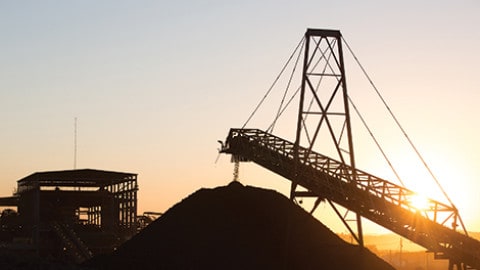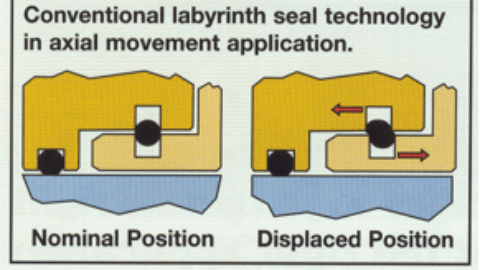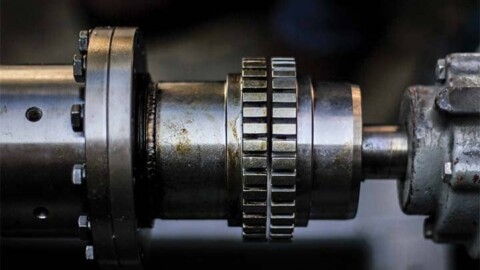In this pump end user interview, Luke Hateley, Mechanical Engineer at Yarra Valley Water and member of the PIA’s register of trained personnel talks about his experience in the industry, the importance of pump efficiency and why continuous pump training is vital in his role.

Luke Hateley, Mechanical Engineer at Yarra Valley Water.
Mr Hateley has been in his current role as Mechanical Engineer for the last twelve months, and before that across other roles at Yarra Valley Water for the last six years.
In these positions, he has seen first-hand the challenges that many people in the industry experience, and believes that some of the most important issues in pumps today are blockages and efficiency.
“Reducing the risk of blockages at sewage pump stations and energy efficiency [are important] as topics in general for all pumps,” Mr Hateley said.
“With the impacts of climate change and rising electricity prices this is becoming more and more important. While there is a lot of focus on motor efficiency at the moment, there is often bigger gains to be had by improving the hydraulic efficiency and looking at the system as a whole.”
Hands on industry training
Mr Hateley has recently completed a pump installation and commissioning course through Pump Industry Australia (PIA).
Through these courses, PIA provides members with the knowledge and skill set to effectively verify that pumping equipment has been correctly installed.
Their training program also involves a commissioning element that will ensure reliable equipment operation. Once someone has completed the training, PIA issues a certificate of accreditation and the person is added to the register of trained personnel.
Mr Hateley said that while the pump installation and commissioning course was his first dealing with PIA, he looks forward to building on the relationship with them in the future.
“There are always new things to learn and the PIA team are happy to share their knowledge and experiences with those who attend the training.
“There is a lot of material on the internet for self learning activities but for some things there is no substitute for ‘hands on’ training where you actually get to play around with the pumps,” Mr Hateley said.
 Applying training on the job
Applying training on the job
The foundation of a reliable, long-lasting pump is in the installation. Installation can involve anything from OH&S considerations and requirements to the installation of suction pipes and fittings.
Pump training provides the knowledge needed to ensure every factor has been evaluated with installing a pump. This can involve shaft alignment, piping arrangement and foundation assessment. Once a pump is installed, there are a number of different tests that can be applied when conducting pump commissioning.
“There are various tests we request our suppliers and maintenance contractors to do for us depending on the type of installation and the criticality of the site that the pumps are installed at,” Mr Hateley said.
While training is essential to ensure the correct installation and commissioning, another important consideration for end users is their maintenance and repair schedules and costs as part of project planning. Mr Hateley said this is an area that he is looking to improve on.
“We are working closely with our maintenance contractor to ensure that information on historical jobs is included in the Asset Management System to enable us to make informed decisions in the future,” Mr Hateley said.

















